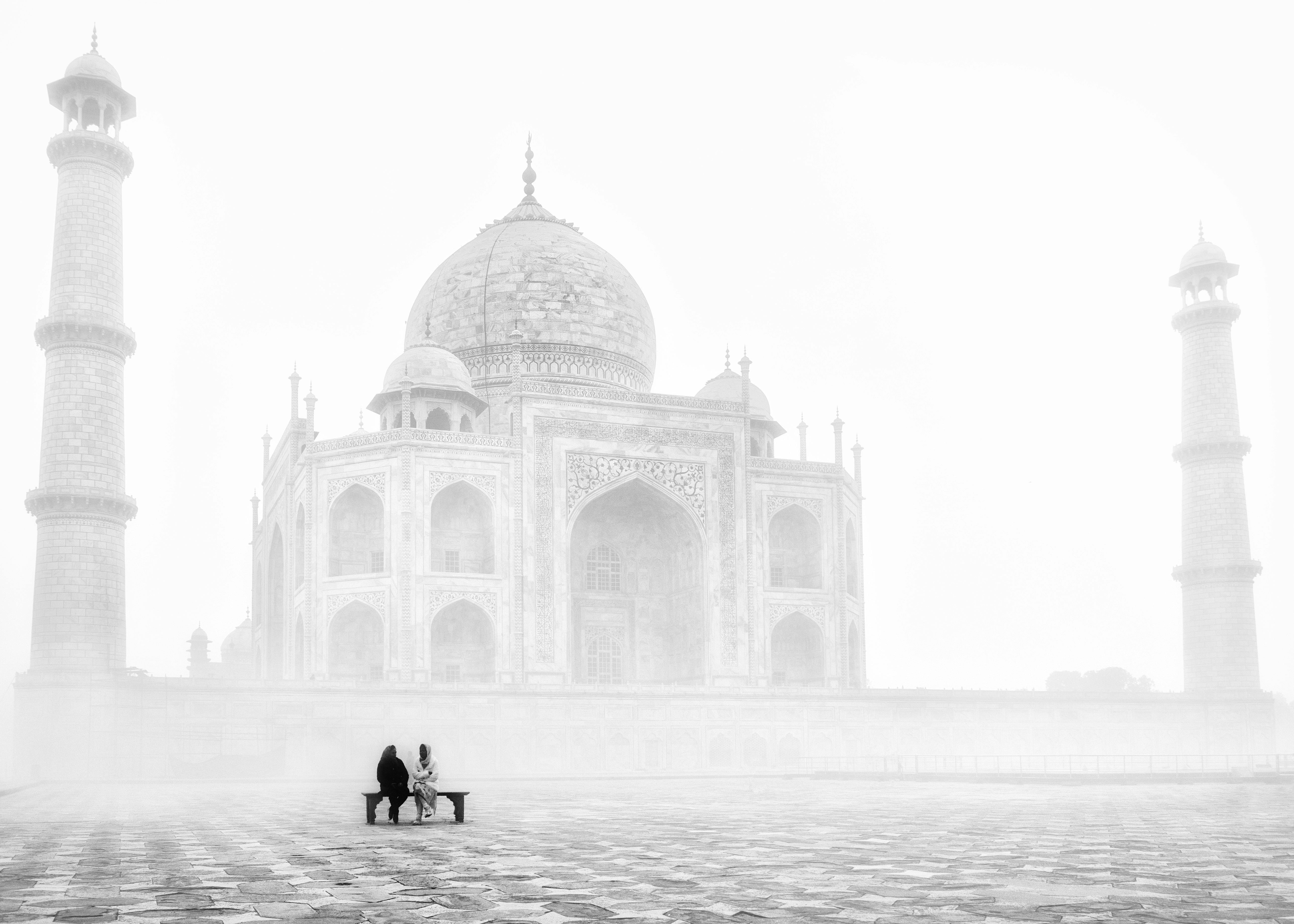History of the curling iron
History of the curling iron. Is there such a thing or is the curling iron just a modern invention? Every generation is the same. We think we have invented something new when perhaps all we have done is modify “old inventions” by applying modern technology. Let’s start digging into the history of the curling iron, or as it’s also known, the curling tong.
Let’s start with the definition of curling iron. It is a tool, a cylindrical metal device, used to change the structure of the hair by applying heat to a strand that has been curled around it. It is natural to think with a modern mind and assume that heat is generated by electricity. However, the curling iron dates back long before the introduction of electricity.
We only have to look at the carvings of the ancient world to see that people cared about the style of their hair and that a popular style was to create curls. Babylonian and Assyrian men dyed their hair and square beards black and curled and curled them with curling irons. Persian nobles also curled their hair and beards, often staining them.
Egyptian nobles, men and women, would cut their hair short, but later, to keep cool and clean in their hot climate, they would shave their heads. On ceremonial occasions, to protect themselves from the sun, they wore wigs. Wigs would be short and curly or long and full of curls or braids. The Science Museum has an example of the curling tongs used by wealthy Egyptians to prepare their wigs.
In classical Greece it is known that the upper classes used curling irons.
Many methods have been devised over time to curl hair and keep the curl in place. For example, in 1906 Charles L. Nessler, a German hairdresser working in London, applied a borax paste and curled hair with a flat iron to produce the first permanent waves. This costly process took twelve hours. Eight years later, Eugene Sutter adapted the method by creating a dryer containing twenty heaters to do the job of corrugating more efficiently. Sutter was followed by Gaston Boudou who modified Sutter’s dryer and invented an automatic roller. By 1920, Rambaud, a Parisian beautician, had perfected a system of perming hair curling and drying to achieve softer, looser curls by using a hot-air electric dryer, an innovation of the time by Racine Universal Motor. Company of Racine, Wisconsin. A significant breakthrough came in 1945, when French chemist Eugene Schueller of L’Oréal Laboratories combined the action of thioglycolic acid with hydrogen peroxide to produce the first cold permanent wave, which was cheaper and faster than previous processes. hot. To control the amount of curl, rods of varying diameter were used for winding. The technology to hold hair in place advanced in 1960 when L’Oréal Laboratories introduced a polymer hairspray to serve as an invisible net.
The curling iron has remained a favorite tool despite all the chemical inventions. We have moved on from metal rods heated by inserting into hot coals or heating on gas or electric stoves. Without control of the heat of the flat iron, there must have been many instances of singed hair, not to mention burned fingers and scalp! Today’s styles demand more control and flexibility of hair styling with hair loose instead of “stuck in place.” Electric heated and electronically controlled irons and flip flops are now available. The barrels come in different sizes that allow for a tight or loose curl finish. Some have a smooth, easy-glide ceramic barrel to create a super-smooth finish, and you can also buy curling tongs with a cone-shaped clip to create loose waves and tousled curls. The fluctuation in hair styles from curly to straight and back means that manufacturers will continue to dream up new innovations to appeal to both professional stylists and the consumer.
So who “invented” the curling iron? You will inevitably find many references to “invented” and “patented by” or “introduced by”. The original inventor is lost to the mists of time, but examples of the previous prize are:
In 1866, Hiram Maxim, who designed the machine gun that bears his name, applied for and was granted the first of many patents at age 26 for a hair curler.
Four years later, in 1890, two Frenchmen, Maurice Lentheric and Marcel Grateau, used hot-air dryers and heated tongs to make deep, long-lasting Marcel waves.
However, the straightening comb is credited with being first invented by late 19th century French barber Marcel Grateau, who also invented the curling iron, permanent wave and later the Gillette safety razor, which became popular in Germany after World War I.
In related developments, Rene Lelievre and Roger Lemoine invented an electric curling iron in 1959.
Theora Stephens patented the curling iron/presser on October 21, 1980.
In August 1987, the Wahl Clipper Corporation introduced the ZeeCurl to the professional market. This flat barrel curling iron gave stylists a tool to create new hairstyles with Z-shaped curls, adding texture and body to all hair types. In 1988, FrenZee, the consumer version, was added.
There is no doubt that fashion will demand and dictate new innovations to ensure the continuation of the curling iron story.
Rodger Creswell
